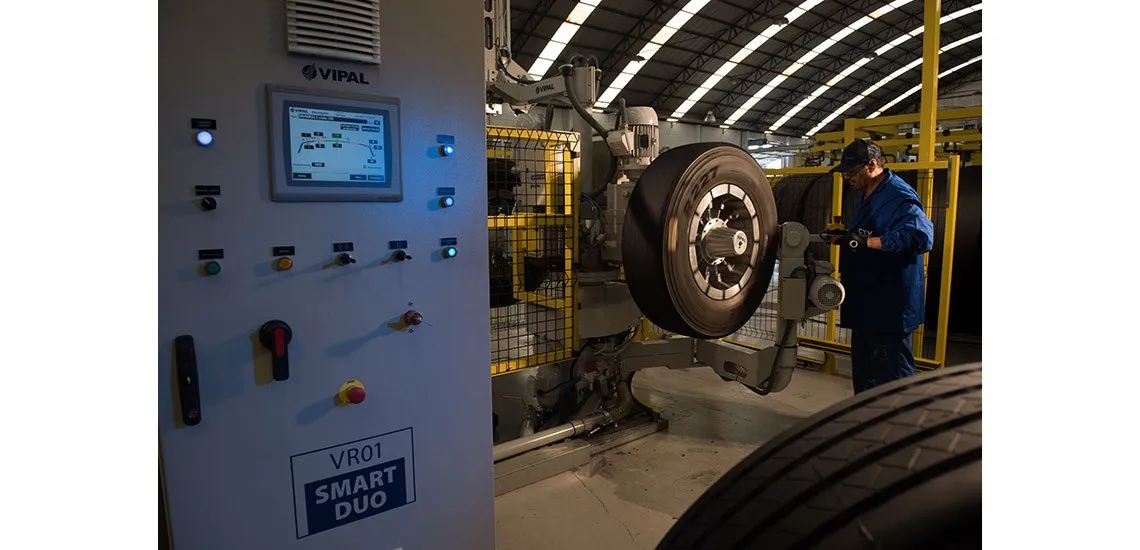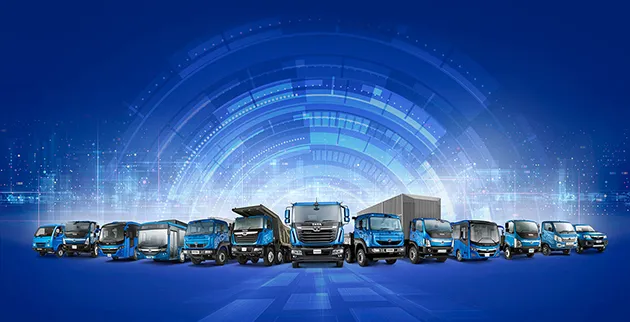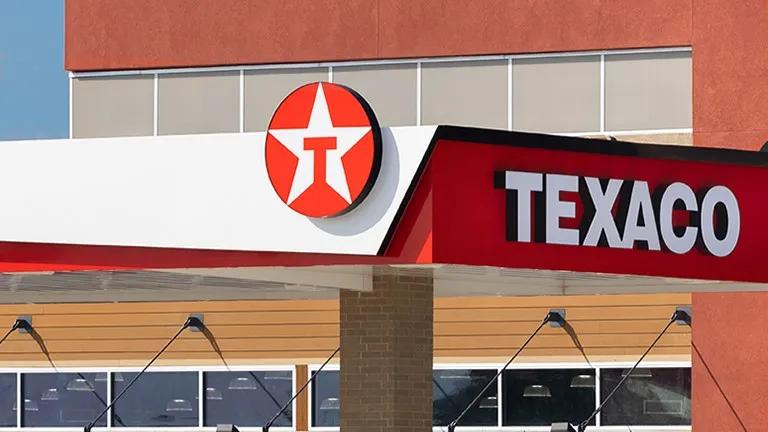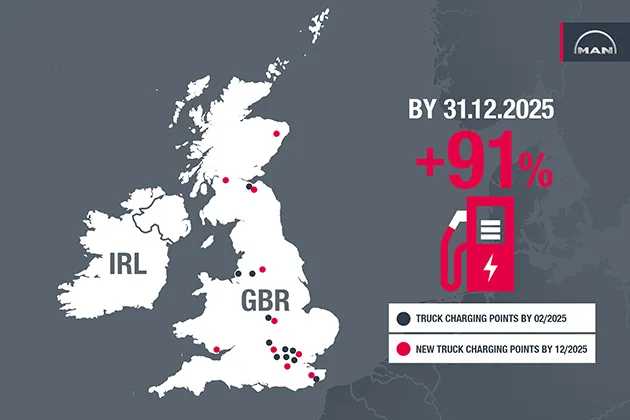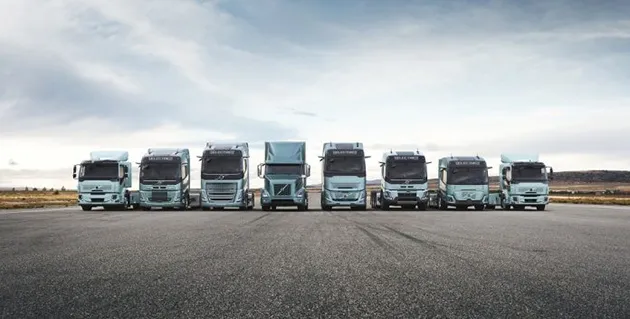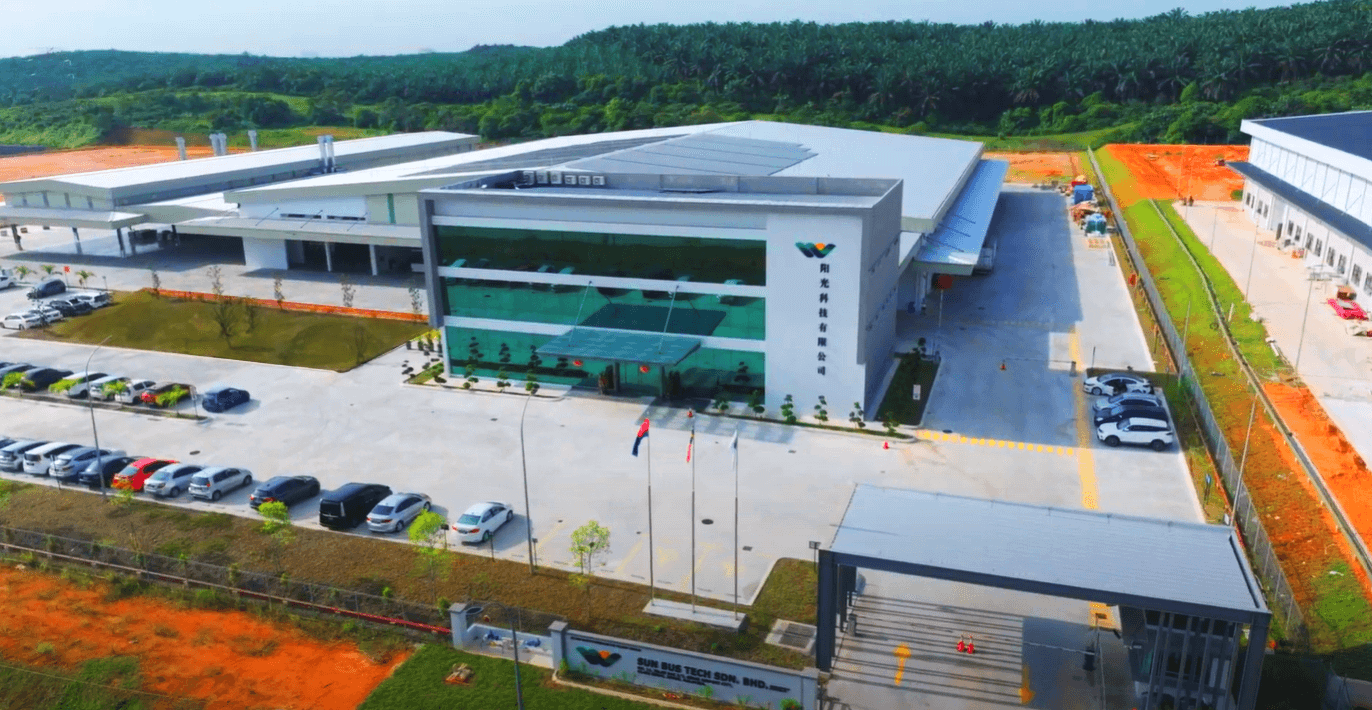Vipal Rubber says it has offered the best solutions for the tyre retreading market for more than 45 years.
The Benefits of Tyre Retreading
In this issue, Vipal Rubber shares with us the benefits of tyre retreading, how it contributes to a more sustainable world and the reasons to invest.
Firstly, the company says, it keeps tyre bills down. As a retreaded tyre costs up to 70 per cent less than a new one, you pay less for it. Secondly, any tyre that has a sound casing could be retreaded. This is why Vipal Rubber’s partners use only quality tyre casings for retreading.
“When the tyres reach the retreading plant, they have to go through a thorough inspection to determine whether they are retreadable. Once it is determined that the tyre’s casing is not in a good condition, the tyre would be discarded. High-quality casings and premium new tread combined with a good retreading process, in accordance with global safety standards with high technological machines and qualified workers, result in a quality retread that is not only safe but performs as good as a new tyre.”
Thirdly, Vipal Rubber points out that tyre retreading changes the tyre consumption cycle and extends tyre life. Without retreading, tyres are extracted, processed, used and discarded. With retreading, tyres are extracted, processed, used, retreaded and used as many times as possible before being discarded. This, the company says, changes the tyre consumption cycle and reduces the extraction of natural resources. As such, it saves resources and still contributes to the world economy.
Other benefits of tyre retreading, Vipal Rubber says, include reducing tyre waste that pollutes the environment, saves on petroleum use that reduces CO2 (carbon dioxide) emissions and 100 per cent of waste generated is destined for the recycling process.
The company adds that it saves 57 litres of petroleum per retreaded commercial tyre and 17 litres for a passenger car tyre compared to new tyre production. It also lowers the demand for non-renewable natural resources. It is also worth mentioning that it takes seven times more direct labour to retread a tyre than to manufacture a new one, generating more direct and indirect jobs.
Founded in 1973 in Nova Prata, near Porto Alegre (Brazil), Vipal Rubber has four manufacturing plants, representing a production area of more than 1,970,000 square feet. Apart from retreading products such as precured treads, rubber compounds, cushion gum, envelopes and cement, the company also manufactures machinery for retreading commercial and agricultural tyres.
Vipal橡胶: 轮胎翻新既省钱又环保
世界最大的翻新公司之一Vipal Rubber表示,45 余年来,它一直为轮胎翻新市场提供最佳的解决方案。
Vipal 橡胶在本期中与我们分享轮胎翻新的好处,它的贡献如何提高世界的可持续性和业者应该投资于翻新轮胎的原因。
首先,该公司表示,它降低了轮胎的费用。由于翻新轮胎的成本比新轮胎低了 70%,因此您支付的费用也就更少了。其次,任何拥有良好胎体的轮胎都可以翻新。这正是 Vipal 橡胶的合作伙伴只使用优质胎体进行翻新的原因。
“当轮胎到达翻新厂时,它们必须经过彻底检查以鉴定是否可以翻新。一旦确定轮胎的胎体的状况不佳,轮胎就会被丢弃。高品质的胎体和优质的新胎面胶,结合符合全球安全标准的良好翻新工艺,配备高科技机器和合格的员工,翻新出来的轮胎不仅安全,性能却可与新轮胎媲美。”
Vipal橡胶指出,第三,轮胎翻新改变了轮胎的使用周期,延长了轮胎的使用寿命。如果不加以翻新,轮胎就会不断地被取用、加工、使用和丢弃。通过翻新,轮胎在被丢弃之前被取用、加工、使用、翻新和尽可能使用多次。该公司表示,这改变了轮胎的消费周期并减少了自然资源的开采。因此,它不单节省了资源,还为世界的经济做出了贡献。
Vipal橡胶表示,轮胎翻新的其他好处包括减少污染环境的轮胎废物,节省石油使用以降低二氧化碳(二氧化碳)排放,而且轮胎翻新产生的废物可以百分之百回收。
该公司补充说,与生产新轮胎相比,每条商用翻新胎可节省57升石油,而每条轿车翻新胎可节省17升石油。它还降低了对不可再生自然资源的需求。更值得一提的是,翻新轮胎所需的直接劳动力是制造新轮胎的七倍,因此制造了更多直接和间接的就业机会。
1973年,Vipal橡胶创立于靠近阿雷格里港(巴西)的 Nova Prata 。该公司拥有四个制造工厂,生产面积超过 1,970,000 平方尺。除了预硫化胎面胶、橡胶复合物、缓冲胶、包封套和胶水等翻新产品外,该公司还生产用于商用轮胎和农用轮胎的翻新机器。

